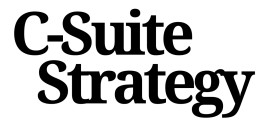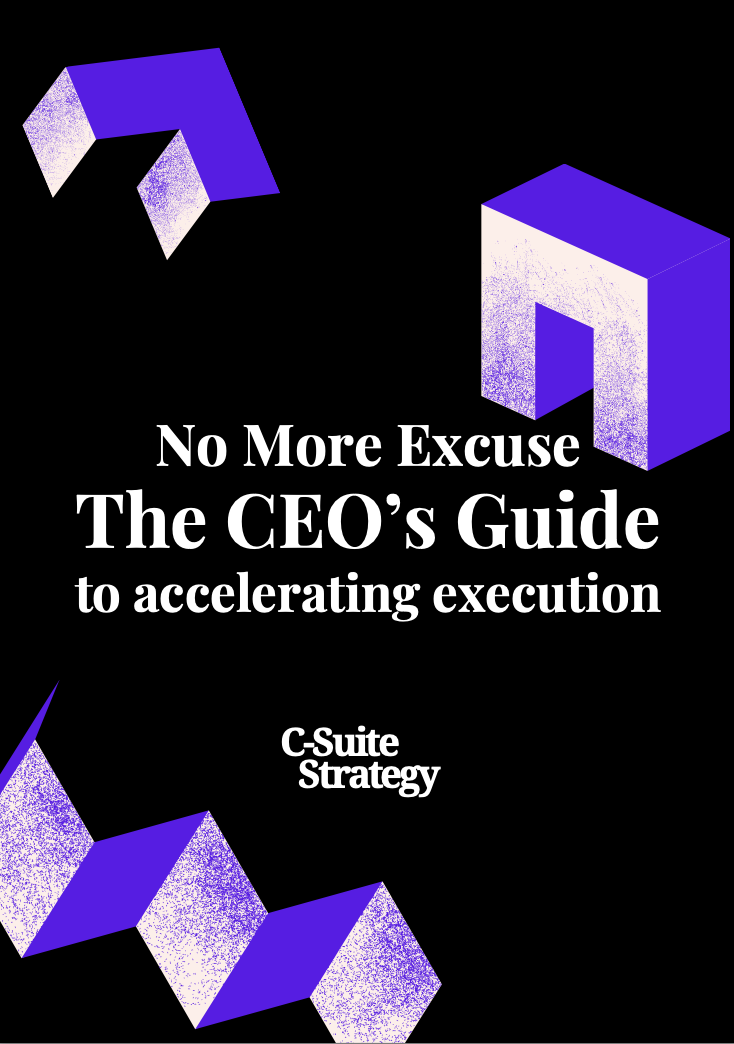
Understanding Inorganic Growth in Marketing
Unpacking the Concept
Inorganic growth in marketing refers to strategies that enhance a company's market reach and revenue via methods that don't rely solely on organic practices. This typically involves activities like acquisitions, entering new markets, or leveraging paid advertising channels. While organic growth focuses on building a presence through content creation and audience engagement, inorganic growth accelerates expansion through investment in external opportunities.
Short Versus Long Term
The distinction between organic and inorganic growth is pivotal. Organic strategies, such as search engine optimization and social media engagement, are essential for long-term brand equity and trust building. However, they often require significant time to mature. In contrast, inorganic strategies, particularly in marketing, can provide quicker results, offering immediate access to new customers and markets, albeit usually at higher costs.
Targeting the Right Audience
Effective inorganic marketing strategies require clear identification of the target audience. Paid ads and digital platforms are useful tools to achieve this, allowing businesses to pinpoint and reach specific demographics. This targeted approach not only increases traffic but can also yield substantial return on investment when aligned correctly with business objectives.
Bridging with Organic Strategies
Incorporating inorganic growth within a broader marketing strategy involves a balanced approach. Paid advertising, while immediate in its impact, can significantly bolster brand awareness when used in tandem with organic content. This synergy ensures businesses not only capture quick wins but also maintain a consistent brand presence.
For a more in-depth understanding of how inorganic strategies can optimize cost efficiencies, particularly in merge and acquisition scenarios, explore these valuable insights.
The Power of Paid Advertising
Unleashing the Potential of Advertisements
In today's competitive landscape, the necessity of inorganic growth within digital marketing cannot be overstated. One of the most powerful tools at a company's disposal is paid advertising, a strategy that, when executed effectively, delivers rapid results.
Paid ads offer a direct channel to widen your reach, significantly enhancing your brand's presence in a crowded marketplace. Platforms like Google Ads and various social media networks provide unparalleled access to your target audience, allowing businesses to efficiently increase traffic and conversion rates.
The agility and precision of advertising, compared to traditional organic marketing methods, provide opportunities for immediate feedback from search engines and social platforms, which are instrumental in shaping ongoing marketing strategies.
Inorganic initiatives often complement organic growth efforts. By investing in paid marketing, companies prepare themselves for long-term business sustainability while exploring new avenues for growth. Maximizing cost efficiency in these areas ensures that businesses not only thrive but dominate their sectors.
Value lies not just in the exposure advertising provides but also in its strategic placement. By leveraging paid strategies, organizations can more effectively target consumer segments, fine-tune messaging, and drive a greater return on investment compared to solely relying on organic methods.
Strategic Implementation for C-suite
Aligning Paid Advertising with Business Goals
For executives, the implementation of paid advertising strategies must align with overarching business objectives. Being a vital component of inorganic marketing, paid campaigns can propel your brand’s visibility and client acquisition. As a C-suite leader, it’s crucial to understand how to integrate these strategies effectively within the broader marketing framework.Optimizing Paid Channels
Paid advertising spans across various platforms like social media, search engines, and media networks. A targeted approach in selecting these channels can significantly increase the return on investment. Here's how to optimize your strategies:- Define the Objective: Whether it's increasing brand awareness or driving traffic, understanding your main goal will help define your strategy.
- Target the Right Audience: Utilize data analytics to focus ads on audience segments most likely to engage and convert.
- Leverage Ad Customization: Tailoring your ads to fit different platforms and audience preferences can enhance effectiveness.
Maintaining Balance with Organic Efforts
While inorganic strategies push for rapid visibility, it's essential not to underestimate the role of organic growth. Balancing paid and organic marketing efforts ensures long-term sustainability. Engaging content remains pivotal, as it not only captures attention but also builds an authentic connection with your audience. Understanding the landscape of digital marketing strategy helps distinguish how paid advertising complements other growth strategies, contributing to a robust business model. Seamless integration is vital for a well-rounded approach, avoiding over-reliance on any single strategy for sustainable growth.Measuring Success in Inorganic Growth
Determining Success Metrics
As businesses harness the potential of paid advertising for inorganic growth, the emphasis on meaningful metrics becomes indispensable. Measuring the success of inorganic marketing strategies revolves around tracking specific KPIs that resonate with your business goals and market dynamics.
Identifying Key Performance Indicators
The selection of key performance indicators (KPIs) is critical for interpreting the effectiveness of your advertising campaigns. Focus on:
- Conversion Rates: Measure the percentage of social media and search engine traffic that results in desired actions, such as purchases or sign-ups.
- Cost Per Acquisition (CPA): Understanding how much it costs to acquire a customer through paid methods helps manage budgets more effectively.
- Return on Ad Spend (ROAS): For a thorough assessment, calculate how much revenue is generated for each dollar spent on advertising.
- Engagement Metrics: Evaluate the interaction levels of your target audience with your ads, such as clicks, likes, and shares on various platforms like Facebook and Google Ads.
Enhancing Data Analytics Capabilities
To leverage the full potential of these KPIs, enhancing data analytics capabilities is paramount. This involves:
- Regular A/B Testing: Implementing experiments to compare different ad creatives, targeting strategies, and bidding options.
- Advanced Analytics Tools: Investing in cutting-edge platforms that offer granular insights into audience behavior and campaign performance.
- Cross-Platform Analysis: Understanding the synergy between different advertising platforms and how they contribute to the overall growth strategies.
Drawing Insights for Long-term Goals
Integrating these insights into your broader business strategy ensures sustained inorganic growth. Paid marketing fuels immediate traffic, while insights from data analytics inform long-term adjustments to your marketing strategy. With the landscape of digital marketing continuously evolving, maintaining a balanced approach between organic and paid efforts is crucial for enduring success.
Challenges and Considerations
Overcoming Obstacles in the Inorganic Marketing Landscape
Navigating the realm of inorganic growth through paid advertising isn't without its set of challenges. Businesses aiming to amplify their brand and increase traffic through this channel must first reconcile the delicate balance between investment and return. Paid marketing, while effective, can become a financial burden if not executed with strategic precision. One significant challenge in this domain is crafting valuable content that resonates with your target audience. In today's saturated digital marketing landscape, cutting through the noise requires well-calibrated marketing strategies that align with both business goals and audience expectations. Companies need to differentiate themselves by offering not only what the consumer desires but also what they didn't expect. Moreover, as marketing strategies lean more on paid ads, it becomes essential to track return on advertising spend and other key performance indicators rigorously. Just pumping dollars into digital marketing platforms like Google Ads or social media won't necessarily translate into successful inorganic growth. Businesses must constantly analyze digital metrics to ensure that their paid advertising strategies are yielding the intended results. From another perspective, organic growth paradigms like SEO and content marketing remain crucial. They often play a complementary role to inorganic efforts, fostering a comprehensive marketing strategy. Achieving synergy between organic and inorganic marketing ensures that while immediate gains are reaped, long-term brand equity is not compromised. Implementing diverse growth strategies invariably places a premium on adaptability. As search engines adjust their algorithms and social media platforms alter their policies, businesses must remain agile, tweaking their tactics to meet evolving digital norms. Adapting to these changes will ultimately syncretize the intricate dance between paid advertisements and organic interactions. Lastly, it is crucial to consider the ever-changing landscape of digital media and its effects on paid marketing. The complexity of tracking consumer behavior across multiple touchpoints, coupled with the phenomenon of ad fatigue, can pose substantial obstacles. Therefore, keeping abreast of emerging technologies and consumer trends will serve businesses well in prepping for upcoming shifts in marketing strategy dynamics. While the path to harnessing inorganic growth via paid advertising is laden with hurdles, keen insight, strategic planning, and robust execution remain the cornerstones to overcoming such challenges gracefully.Future Trends in Inorganic Growth Strategies
Navigating Evolving Digital Advertising Landscapes
As companies continue to adapt their marketing strategies, the importance of future trends in paid advertising cannot be overlooked. Digital advertising platforms like social media and search engines are consistently evolving, presenting both challenges and opportunities for businesses pursuing inorganic growth.
One prominent trend is the increasing sophistication of targeting mechanisms. These allow companies to reach more specific segments of their target audience, enhancing the effectiveness of paid ads. Platforms are leveraging data analytics to refine audience insights, which in turn supports more precise marketing strategies.
Additionally, there is a shift towards integrating organic and paid marketing efforts. Businesses are increasingly using paid ads to support organic growth tactics. By driving traffic through paid advertising, companies can enhance brand visibility, leading to better positioning in search engine results over the long term.
On the strategic front, the concept of content-driven advertising is becoming crucial. Companies are focusing on creating valuable content that resonates with their audience. This content not only promotes engagement but also bolsters brand trust and credibility.
The landscape of digital marketing is firmly tethered to advancements in technology. As artificial intelligence and machine learning become more prevalent in advertising, they offer businesses new tools to enhance their marketing strategy, optimize budget allocation, and predict consumer behavior more accurately.
Lastly, ethical advertising is coming to the forefront. As consumers become more aware and critical of data privacy issues, businesses must ensure transparency and integrity in their advertising strategies to maintain audience trust.
For C-suite executives, staying ahead of these trends is vital for effectively leveraging paid ads in the greater marketing ecosystem. Ensuring adaptability to these changes can offer a competitive edge and drive meaningful inorganic growth.














